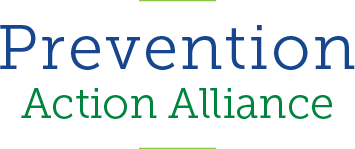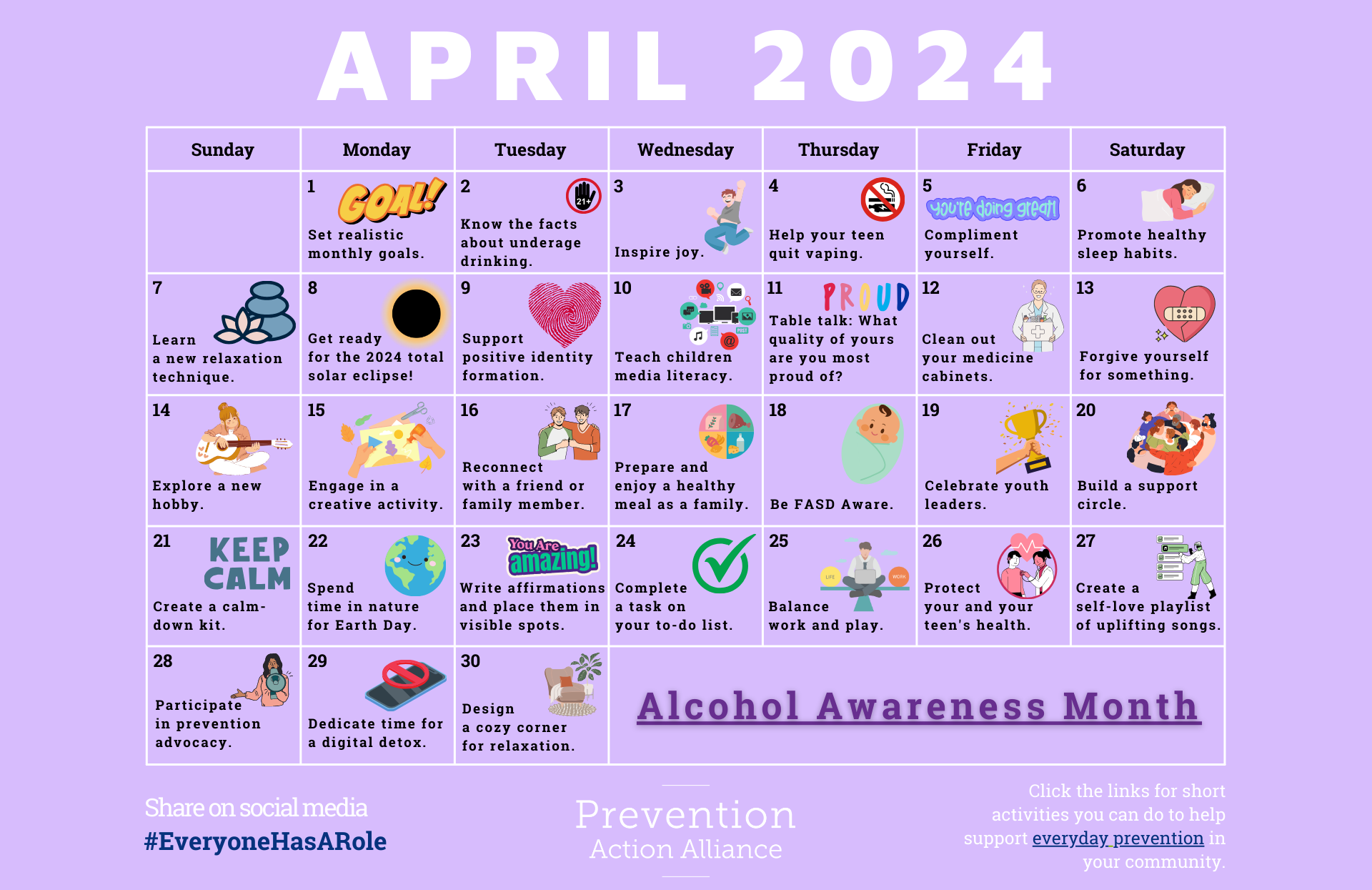
 People under the age of 21 aren’t allowed to buy alcohol for good reason—several good reasons, in fact. Alcohol damages the developing brain, kills about 88,000 people every year, is a leading cause of driving fatalities, can interact negatively with medicines, and can result in alcohol use disorder, which includes addiction, among other effects.
People under the age of 21 aren’t allowed to buy alcohol for good reason—several good reasons, in fact. Alcohol damages the developing brain, kills about 88,000 people every year, is a leading cause of driving fatalities, can interact negatively with medicines, and can result in alcohol use disorder, which includes addiction, among other effects.
Yet, everywhere young people turn, they can see ads for alcohol. Ads for alcohol can be found readily in grocery stores, sports stadiums, online, on the radio, on streaming music apps, in and between their favorite shows (as ads and as on-screen alcohol use), and elsewhere.
How Many Ads for Alcohol Do Young People See?
One study by The RAND Corporation found that young people ages 11 to 14 saw an average of three alcohol ads per day, which works out to more than a thousand per year. African American and Hispanic youth were also exposed to more ads than white youth, worsening health disparities, and girls saw 30 percent more ads than boys did.
That same study found that when young people saw an ad for alcohol, it changed their beliefs about alcohol. After seeing an ad for alcohol, young people reported more-favorable beliefs about someone their age who drinks alcohol and that effect lasted for two days.
Young people are surrounded by ads engineered to make them want alcohol even though they can’t legally purchase or consume them.
How Do Alcohol Ads Affect Young People?
So if young people are the fastest-growing market for viewing alcohol ads, what’s the effect of all that advertising?
It turns out advertising works. Young people drink more often and more heavily. According to a longitudinal study, young people who saw more alcohol advertisements drank more—for each additional ad they saw above the national median, they drank 1% more. Additionally, a study in Addictive Behaviors Reports found that beer companies’ advertising budgets “strongly predicted the percentage of students who had heard of, preferred, and tried” brands.
Alcohol ads also increase the likelihood that young people will drink. Research compiled by CAMY found that young people who saw television programs, in-store displays, or magazines with alcohol ads were more likely to drink alcohol than young people who didn’t.
Underage drinking isn’t as harmless as some people think it is. Alcohol is an addictive drug, and more than 15 million Americans will struggle with alcohol use disorder, which includes alcoholism, including 400,000 teenagers. In fact, alcohol is the third leading cause of preventable death in the U.S. behind tobacco use and poor diet and inactivity.
Alcohol ads spark young people’s interest in trying alcohol, and they pad alcohol sellers’ bottom lines. Young people consume 11 percent of all alcohol in the U.S., a huge amount of money to the companies that profit from underage drinking. The effects of underage drinking are wide and varied, but here are a few of them:
- 4,358 people under 21 die alcohol-related deaths every year
- 188,000 people under 21 visited the emergency room for alcohol-related injuries
- Young people who drink alcohol are more likely to carry out or be the victim of sexual assault, have trouble in school, and have alcohol problems later in life
- Alcohol alters brain development and can cause cognitive or learning problems when people drink heavily while young
How and Why Alcohol Companies Target Young People
Alcohol companies have vowed to self-regulate to keep their advertisements away from the eyes of children. These codes cover how companies should place their ads on television, Internet sites, social media, radio stations, and more, and they require companies to monitor how their brand is used to ensure it isn’t being aimed at underage audiences.
Researchers have consistently found that alcohol advertisers routinely violate these codes. A metanalysis published in the peer-reviewed publication Society for the Study of Addiction reviewed a total of 96 peer-reviewed studies. That analysis found that 19 studies and 25 content analysis studies all found content harmful to children and adolescents, including some themes especially popular with young men. The analysis further found 57 studies that showed high levels of youth exposure to and awareness of alcohol ads on television, radio, print, digital, and outdoor advertisements. The researchers’ conclusion was that violations of the advertising codes and exposure to ads among youth were both common. “Taken together,” the authors wrote, “the findings suggest that the current self-regulatory systems that govern alcohol marketing practices are not meeting their intended goal of protecting vulnerable populations.”
Other studies have reached similar conclusions. One such study, published in the Journal of Public Health Policy, found that “youth exposure to alcohol advertising on television has grown faster than adult exposure.” The same paper used a legal definition of targeting—the one used to hold tobacco companies accountable for targeting youth—to assert that alcohol advertisers were targeting underage viewers. Lastly, the authors found that modifying advertisers’ practices would result in the same or similar adult exposure but could drastically reduce youth exposure to alcohol ads.
Both studies found high levels of compliance with the industry’s advertising codes, but their findings suggest that those regulations have failed to protect youth. So, what happens when an ad is found to contain harmful content or to be placed in a harmful medium?
If you believe an alcohol advertiser has violated the industry’s self-regulations, you can file a complaint with the three trade associations overseeing these codes.
- Complaints about beer ads should be submitted to the Beer Institute
- Complaints about ads for distilled spirits should be submitted through the Distilled Spirits Council of the United States
- Complaints about wine ads should be submitted to the Wine Institute
Research has also found that those systems don’t work. In a separate paper published in the Society for the Study of Addiction, researchers found that the system didn’t work on a global scale. Processes aren’t standardized, involve inadequately trained or biased staff, and few complaints were upheld. The researchers concluded that self-regulation systems were ineffective, suffered from conflicts of interest and weak procedures, and needed major modifications in order to serve public health objectives.
Even when following industry regulations, offensive content may not be removed, youth will be heavily exposed to ads for alcohol products, and the industry will not be held accountable for its bad practices.
The alcohol industry cannot be trusted to regulate itself and prevent exposing youth to its products.
How to Prevent Alcohol Ads from Influencing Young People
Because we can’t trust the alcohol industry to regulate itself and prevent youth exposure to alcohol ads, we have to take it upon ourselves to protect young people.
What Parents and Teachers Can Do to Prevent Alcohol Ads from Influencing Young People
Parents and teachers can mitigate the influence of alcohol ads by teaching children media literacy. Media literacy is, according to Common Sense Media, “the ability to identify different types of media and understand the messages they’re sending.” By teaching media literacy to young people, they learn to recognize ads and analyze the influence they have on viewers—including themselves. In other words, we can give them the skills they need to protect themselves from ads’ influence and promote critical thinking.
What Prevention Advocates Can Do to Prevent Alcohol Ads from Influencing Young People
If media literacy builds young people’s resiliency against alcohol ads, environmental prevention stops harm from happening in the first place.
Prevention advocates can push for local restrictions to advertisements for alcohol products. By getting ordinances, laws, or rules passed, you can restrict advertising in or near areas where youth visit—local athletic sites and facilities, schools, malls, libraries, and more. Additionally, you can advocate for zoning and signage rules that restrict not only where these ads appear, but how densely they may be displayed and how they are displayed.
Advocates can also strengthen their community’s ability to prevent underage drinking. Creating healthy alternatives for recreational activities to drinking, creating, communicating, and enforcing social hosting laws, and holding businesses accountable for selling alcohol products to youth are all strategies advocates can pursue to prevent underage drinking.
What Colleges Can Do to Prevent Alcohol Ads from Influencing Young People
Colleges and universities can provide safe, healthy environments in which their students can thrive. That includes setting and enforcing campus rules on alcohol use and underage drinking. Let students know that underage drinking and dangerous binge drinking are not acceptable and what the consequences are for engaging in any illegal activity.
Another thing colleges and universities can do is to restrict the advertising and availability of alcohol products on or near campus. Reducing advertising at college sports events or working with local lawmakers to restrict the types of advertising that can be done near where college students live can reduce the likelihood of underage and binge drinking.
Colleges and universities can also provide prevention and treatment and other health and wellness services for students. Experimentation with alcohol in the college years is not a rite of passage; it can be the beginning of alcohol use disorder. Students may also turn to alcohol to deal with their stress or mental health issues. College students are struggling with mental health issues and emotional health, and colleges and universities can support their students’ health so that they have better academic outcomes and derive more value and enjoyment out of their college experience.
Take the next step in supporting your campus’s students. Join the Ohio College Initiative.

